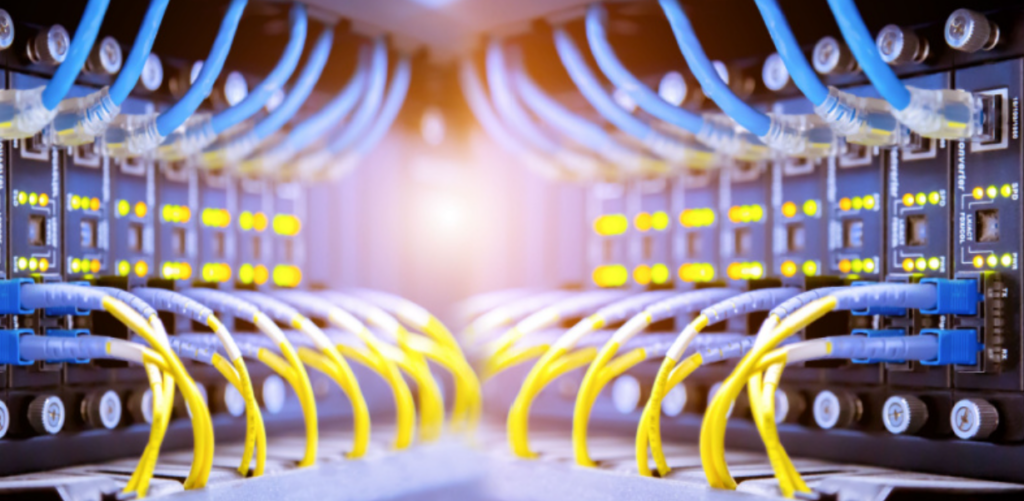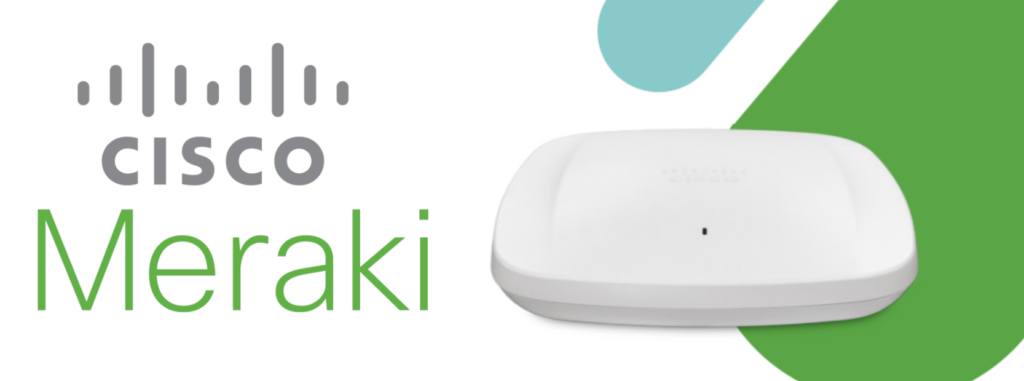
Switches are a fundamental component of network infrastructure, facilitating the flow of data across different devices within a network. They play a critical role in directing data packets to their intended destinations, ensuring efficient and reliable communication. In modern business environments, switches are indispensable as they support various applications and services, from simple internet connectivity to complex data center operations. Without efficient switches, networks would experience bottlenecks, leading to decreased productivity and potential data loss. Hence, selecting the right switch is paramount for maintaining the integrity and performance of a business network.
In business environments, the importance of switches extends beyond basic connectivity. They are essential for implementing security measures, managing network traffic, and ensuring seamless integration of various network devices. Businesses rely on switches to connect not only computers and servers but also VoIP phones, wireless access points, and IoT devices.
As businesses scale and the number of connected devices increases, the need for robust, scalable switch solutions becomes evident. When deciding between Cisco Meraki vs Cisco switches, it’s important to consider your business’s specific needs and the level of network management expertise available.
Cisco and Meraki switches are two prominent options in the market, each offering unique features and benefits. So, knowing the differences and similarities can help businesses make decisions that align with their operational requirements.

Both Cisco and Meraki switches offer a range of port configurations designed to meet the needs of various network environments. These configurations include options for traditional power, Power over Ethernet (PoE), and partial PoE switches. PoE switches are particularly useful in environments where devices like IP cameras, VoIP phones, and wireless access points need to be powered through the network cable, eliminating the need for separate power supplies. This not only simplifies installation but also reduces infrastructure costs. Both Cisco and Meraki switches come in different models with varying numbers of ports, catering to small, medium, and large networks.
Physical stacking capabilities are another similarity between Cisco and Meraki switches. Stacking allows multiple switches to be connected and managed as a single entity, providing enhanced scalability and redundancy. This is particularly beneficial in growing networks where additional switches can be added without significant configuration changes. Both Cisco and Meraki support stacking, though the specifics may vary between models. Stacking simplifies network management by enabling centralized control and monitoring, making it easier to expand network capacity as business needs evolve.
Layer 3 networking is a feature available in both Cisco and Meraki switches, providing advanced routing capabilities within a network. Layer 3 switches can perform routing functions traditionally handled by routers, such as directing traffic between different subnets and VLANs. This capability is crucial in larger networks with complex topologies, where efficient traffic management is needed to maintain performance and security. By integrating routing functions into the switch, businesses can simplify their network architecture, reduce latency, and free up ports on dedicated routers.
Both Cisco and Meraki switches offer Layer 3 functionality, making them suitable for environments that require advanced routing capabilities. This includes features like static routing, dynamic routing protocols (such as OSPF and BGP), and support for routing multicast traffic. The availability of Layer 3 networking in both switch families ensures that businesses can implement sophisticated network designs without needing separate routing devices. This not only simplifies network management but also reduces hardware costs and operational complexity.

One significant difference between Cisco and Meraki switches is the concept of virtual stacking, a feature unique to Meraki. While both Cisco and Meraki support physical stacking, where switches are physically connected and managed as a single unit, Meraki also offers virtual stacking. Virtual stacking allows network https://www.stratusinfosystems.com/wp-content/uploads/2018/01/123-2-2.jpgistrators to group switches logically using the Meraki dashboard, regardless of their physical location. This means switches spread across different floors or buildings can be managed as one, providing unparalleled flexibility and convenience.
The benefits of Meraki virtual stacking are numerous. It simplifies network management by allowing https://www.stratusinfosystems.com/wp-content/uploads/2018/01/123-2-2.jpgistrators to apply configurations, updates, and policies across multiple switches simultaneously. This feature is especially useful in distributed environments such as campuses, multi-building facilities, or remote offices. Virtual stacking reduces the need for physical cabling and on-site interventions, saving time and resources. It also enhances scalability, enabling businesses to expand their network without the constraints of physical proximity between switches.
Licensing is another area where Cisco vs. Meraki switches differ significantly. Cisco Catalyst switches often require Cisco DNA licenses, which provide access to advanced features and services. These licenses are typically tied to an appliance, meaning additional hardware setup and ongoing maintenance might be necessary. Cisco DNA licenses offer a flexible renewal process, allowing businesses to choose whether to renew after the initial period based on their needs.
Conversely, Meraki MS switches operate under a subscription-based licensing model, where a valid license is mandatory for the switches to function. The Meraki dashboard license simplifies network management by providing a single interface for all devices. However, if the license expires and is not renewed, the switches will cease to operate. This model ensures continuous support and updates but requires businesses to budget for ongoing licensing costs. The automatic firmware updates included with Meraki licenses keep the network secure and up-to-date without manual intervention.
Cisco and Meraki switches offer different approaches to upgrading network firmware. Meraki switches are designed for ease of use, with automatic firmware upgrades that can be scheduled during specific time windows. This ensures that switches are always running the latest software, enhancing security and performance. However, the lack of control over the upgrade process can be a limitation, particularly if an update causes compatibility issues within the network.
Cisco switches, on the other hand, provide https://www.stratusinfosystems.com/wp-content/uploads/2018/01/123-2-2.jpgistrators with more control over firmware upgrades. With Cisco switches, network managers can select when to apply updates and to which devices, allowing for a more customized and controlled upgrade process. This flexibility is beneficial in environments where specific compatibility and performance considerations are critical. It also reduces the risk of disruptions caused by automatic updates, providing a more stable network environment.
The https://www.stratusinfosystems.com/wp-content/uploads/2018/01/123-2-2.jpgistration experience is a key consideration when choosing between Cisco and Meraki switches. Meraki switches are known for their user-friendly dashboard, which simplifies network management. The Meraki dashboard provides a centralized interface for monitoring, configuring, and managing all network devices, making it ideal for businesses without dedicated IT staff. The intuitive design and automatic updates reduce the complexity of network https://www.stratusinfosystems.com/wp-content/uploads/2018/01/123-2-2.jpgistration, allowing businesses to focus on their core operations.
In contrast, Cisco switches offer a more traditional management experience, providing detailed control over network settings. Cisco’s approach requires a higher level of technical expertise, making it suitable for environments with experienced IT professionals. The ability to customize configurations and manually manage updates provides greater flexibility and control, which can be crucial for large enterprises with complex network requirements. The choice between Cisco and Meraki will largely depend on the level of control and customization needed by the business.
The comparison of Cisco Meraki vs Cisco switches highlights distinct advantages in terms of cloud-based management for Meraki and advanced configuration options for Cisco.
Meraki MS switches are particularly well-suited for small to medium-sized environments where ease of management and deployment are critical. Their cloud-based management platform simplifies network https://www.stratusinfosystems.com/wp-content/uploads/2018/01/123-2-2.jpgistration, making them an excellent choice for businesses that want a hassle-free solution. The built-in security features, automatic updates, and virtual stacking capabilities make Meraki switches ideal for distributed networks and businesses with limited IT resources.
On the other hand, Cisco Catalyst switches are designed for medium to large environments that require robust performance and extensive configuration options. The flexibility offered by Cisco switches makes them suitable for enterprises with complex networking needs and experienced IT teams. The ability to control firmware upgrades, detailed configuration options, and advanced routing capabilities ensure that Cisco switches can handle high traffic volumes and provide reliable performance in demanding environments.
In the Cisco Meraki vs. Cisco Catalyst switch comparison, both switch families offer powerful networking solutions tailored to different business needs. While Meraki MS switches excel in simplicity, ease of management, and cloud integration, Cisco Catalyst switches provide advanced features, greater control, and scalability. The primary differences lie in their licensing models, management experiences, and upgrade processes. Businesses should consider their specific requirements, such as the number of connected devices, the need for PoE, and the desired level of control, when choosing between Cisco and Meraki switches.
Ultimately, the right choice depends on the unique needs of the business. Small to medium-sized businesses looking for a straightforward, easy-to-manage solution may find Meraki MS switches to be the best fit. In contrast, larger enterprises with complex networking requirements and experienced IT teams may benefit more from the advanced capabilities and flexibility offered by Cisco Catalyst switches. Consulting with network security experts can provide valuable insights and help ensure that the chosen switch solution aligns with the business’s operational goals and budget.
Curious about which Cisco Meraki product is right for you? Get in touch with Stratus Information Systems to find the perfect solution.

Stay informed about our newest releases and updates